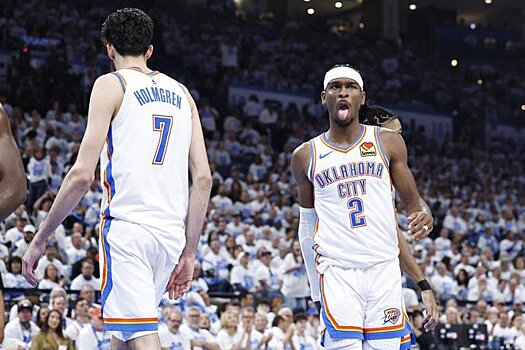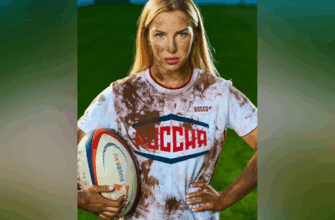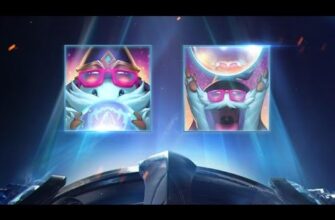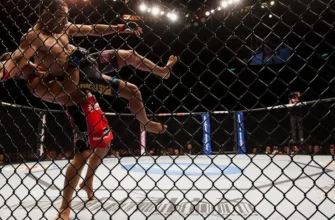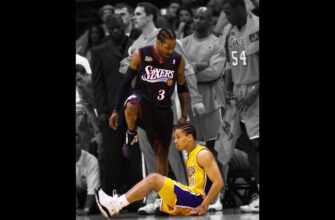As the latest NBA collective bargaining agreement, particularly its widely discussed tax aprons, continues to reshape the modern approach to constructing championship-contending rosters, a common defining factor has emerged in the 2025 NBA Finals.
Depth.
In Oklahoma City`s convincing Game 2 victory over the Pacers on Sunday, which evened the series at one game apiece, Aaron Wiggins came off the bench. He showcased his value by hitting five 3-pointers, scoring 18 points in just 21 minutes. His game-high plus/minus of +24 underscored his impact.
On almost any other team, Wiggins would be considered a foundational young player. He`s 26 years old, a 6-foot-6 wing known for shooting, defense, and capable creation – a prototypical two-way player in today`s league. Yet, OKC has him locked into a five-year, $47 million contract that notably decreases in cost each year:
- 2025-26: $9.7M
- 2026-27: $8.8M
- 2027-28: $7.9M
- 2028-29: $7.9M (team option)
These descending contracts are highly advantageous as teams navigate the pressures of staying below tax thresholds. Even aside from this structure, securing a player of Wiggins` caliber for five years at $47 million represents significant value. Assuming he remains with OKC through 2028 (which is likely given how trading players on such favorable deals becomes harder as the roster gets more expensive) and avoids major injury, the Thunder will almost certainly exercise that team option. With salary caps projected to rise, having Wiggins at under $8 million is, in NBA terms, a marginal expense.
To reiterate, for most other teams, Wiggins would be a core rotation piece – either a regular starter or the primary player off the bench every night. In Oklahoma City, he ranks as the eighth man. In this postseason alone, he has played fewer than 10 minutes four times, including just nine in Game 1 of the Finals. Then, he steps into Game 2 and delivers a performance that highlights his readiness and skill. This level of contribution coming not just from the bench, but from *deep* within the bench rotation, is a luxury. Furthermore, his contract is strategically vital for the Thunder, who will need financial flexibility when Jalen Williams and Chet Holmgren become eligible for significant extensions.
This strategic need for affordable talent is precisely why the Thunder have been diligent in retaining all their accumulated future draft picks. In the modern NBA, acquiring significant roster depth primarily relies on having multiple pathways to secure players on cost-controlled contracts. This approach allows teams to financially balance and basketball-wise support their highest-paid stars. The era of contending for championships solely with a dominant `Big Three` and limited supporting pieces is over. Just look at the Phoenix Suns, who failed to even reach the Play-In Tournament despite having Kevin Durant, Devin Booker, and Bradley Beal.
Durant and Booker would arguably be the two best players on the Indiana Pacers` roster. Yet, the Pacers, mirroring the Thunder`s commitment to depth, find themselves three wins away from a championship. They feature a legitimate 10-man rotation with a strong bench unit. This includes the impactful T.J. McConnell, 2023 first-round pick Ben Sheppard, stretch big Thomas Bryant, and two former lottery selections: Bennedict Mathurin (who has scored 20+ points three times in these playoffs) and Obi Toppin (who made five 3-pointers in Indiana`s Game 1 victory).
Roster depth is proving to be a deciding factor in these playoffs. It`s likely the main reason Indiana overcame the Knicks and Oklahoma City outlasted the Nuggets. While Indiana might utilize more players in this specific series, the *quality* of Oklahoma City`s depth arguably runs deeper.
We`ve discussed Wiggins extensively without even mentioning Alex Caruso and Isaiah Hartenstein. Both are legitimate starting-caliber players in this league, yet they provide high-level support on the Thunder`s remarkably deep roster. The Thunder`s acquisition of these players last summer is a key factor in their current position. Caruso contributed 20 points and four 3-pointers in Game 2. Hartenstein is one of only two players with at least 400 minutes played who offensive rebounded over 10% of his team`s misses, per Cleaning the Glass data. Isaiah Joe, a world-class shooter, often struggles to even find consistent minutes. Kenrich Williams and Jaylin Williams, who are clearly rotation-level talents in this league, play even less than Joe.
The NBA is a copycat league. Teams competing for championships set blueprints that others try to follow. Not every team can trade for a superstar like Shai Gilgeous-Alexander or Tyrese Haliburton. Finding a player like Jalen Williams with a late lottery pick requires a mix of excellent scouting and some luck. Many teams could have traded for Pascal Siakam but opted not to, perhaps not seeing him as enough of a `needle mover,` which might have been a valid assessment in a different context.
However, building true depth is challenging. While its importance is clearer now than ever, achieving it is complex. Players need to develop beyond expectations, you need to secure several of them on team-friendly contracts, and then talented players like Aaron Wiggins or Alex Caruso must not only accept but genuinely embrace roles smaller than their abilities might warrant. For both the Thunder and the Pacers, but perhaps most notably for Oklahoma City, this combination of factors has aligned, which is a major reason why both teams are just three wins away from an NBA championship.

